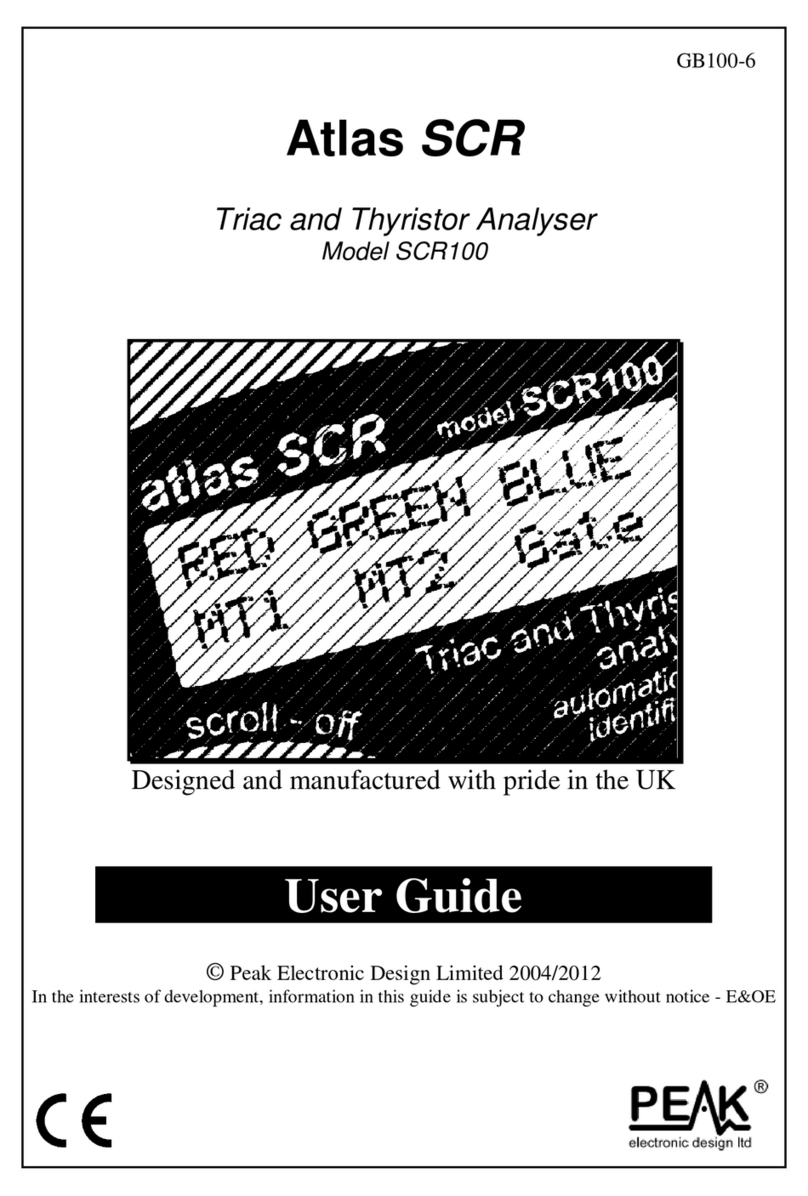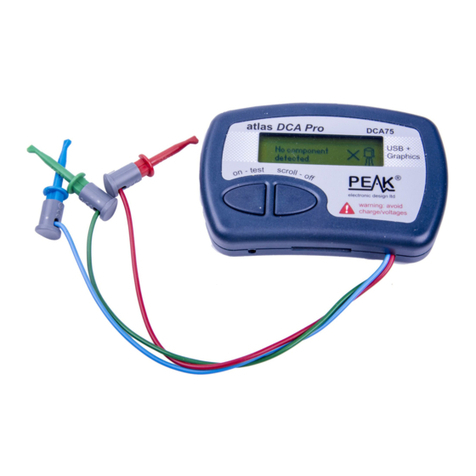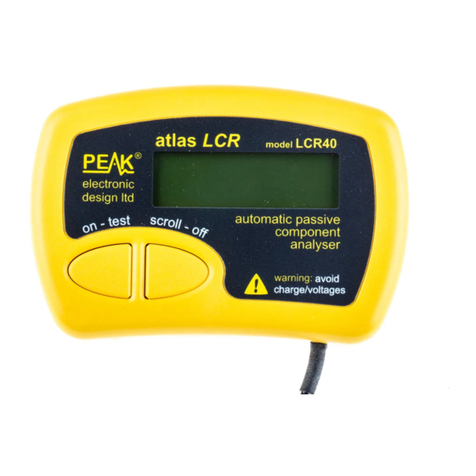Peak Atlas SCR100 User manual
Other Peak Measuring Instrument manuals
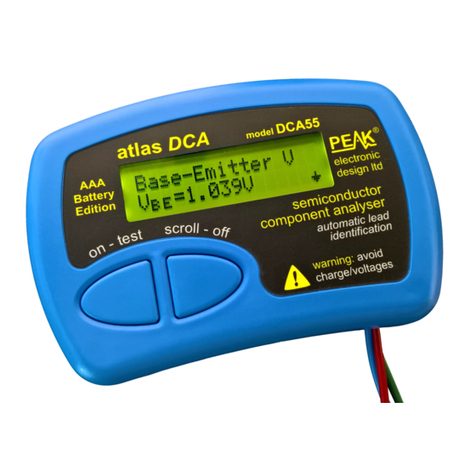
Peak
Peak Atlas DCA55 User manual
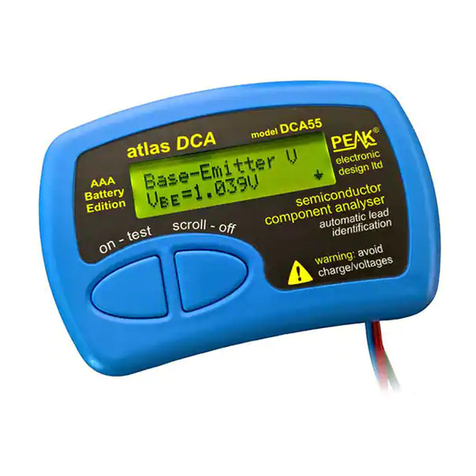
Peak
Peak Atlas DCA55 User manual
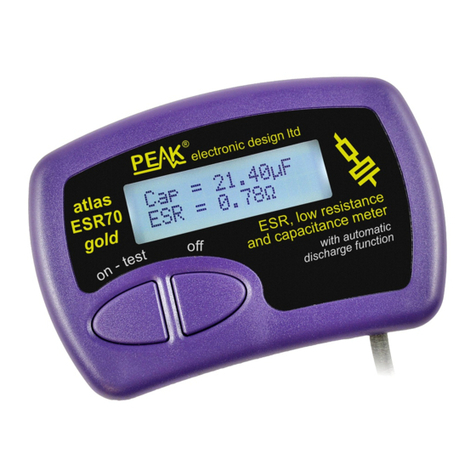
Peak
Peak Atlas ESR Series User manual

Peak
Peak Atlas ESR60 User manual

Peak
Peak Atlas IT User manual
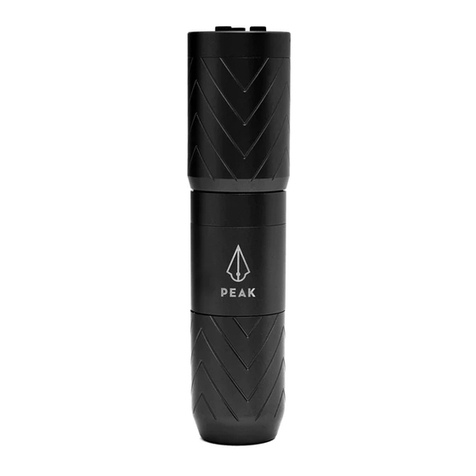
Peak
Peak SOLICE User manual
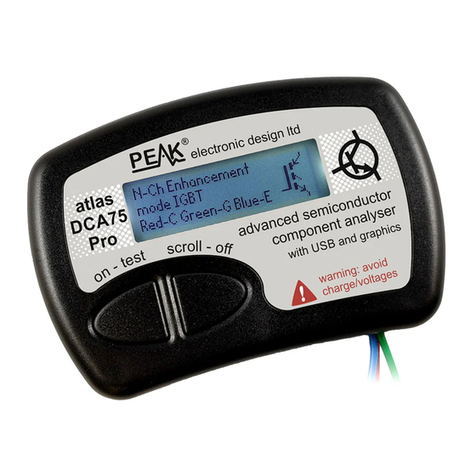
Peak
Peak Atlas DCA Pro User manual
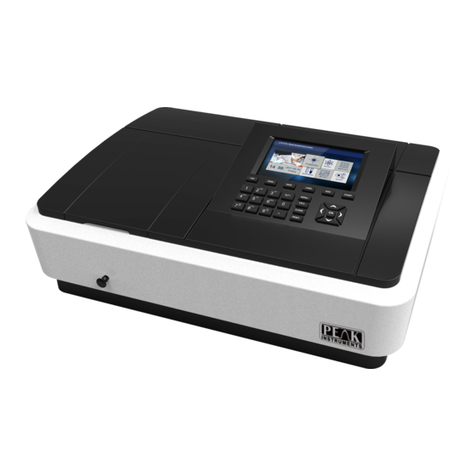
Peak
Peak C-7100 Series User manual

Peak
Peak MU-Thermocouple1 CAN User manual
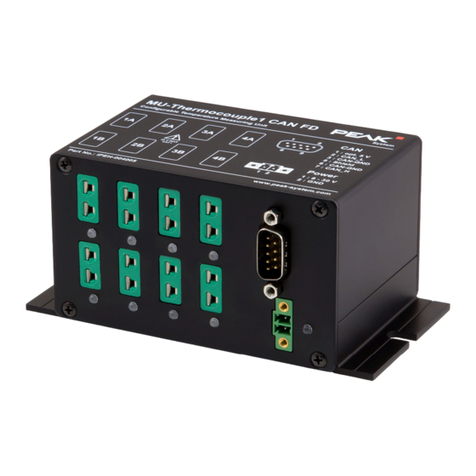
Peak
Peak IPEH-004005-J User manual
Popular Measuring Instrument manuals by other brands

Powerfix Profi
Powerfix Profi 278296 Operation and safety notes

Test Equipment Depot
Test Equipment Depot GVT-427B user manual

Fieldpiece
Fieldpiece ACH Operator's manual

FLYSURFER
FLYSURFER VIRON3 user manual

GMW
GMW TG uni 1 operating manual

Downeaster
Downeaster Wind & Weather Medallion Series instruction manual

Hanna Instruments
Hanna Instruments HI96725C instruction manual

Nokeval
Nokeval KMR260 quick guide

HOKUYO AUTOMATIC
HOKUYO AUTOMATIC UBG-05LN instruction manual

Fluke
Fluke 96000 Series Operator's manual

Test Products International
Test Products International SP565 user manual

General Sleep
General Sleep Zmachine Insight+ DT-200 Service manual
